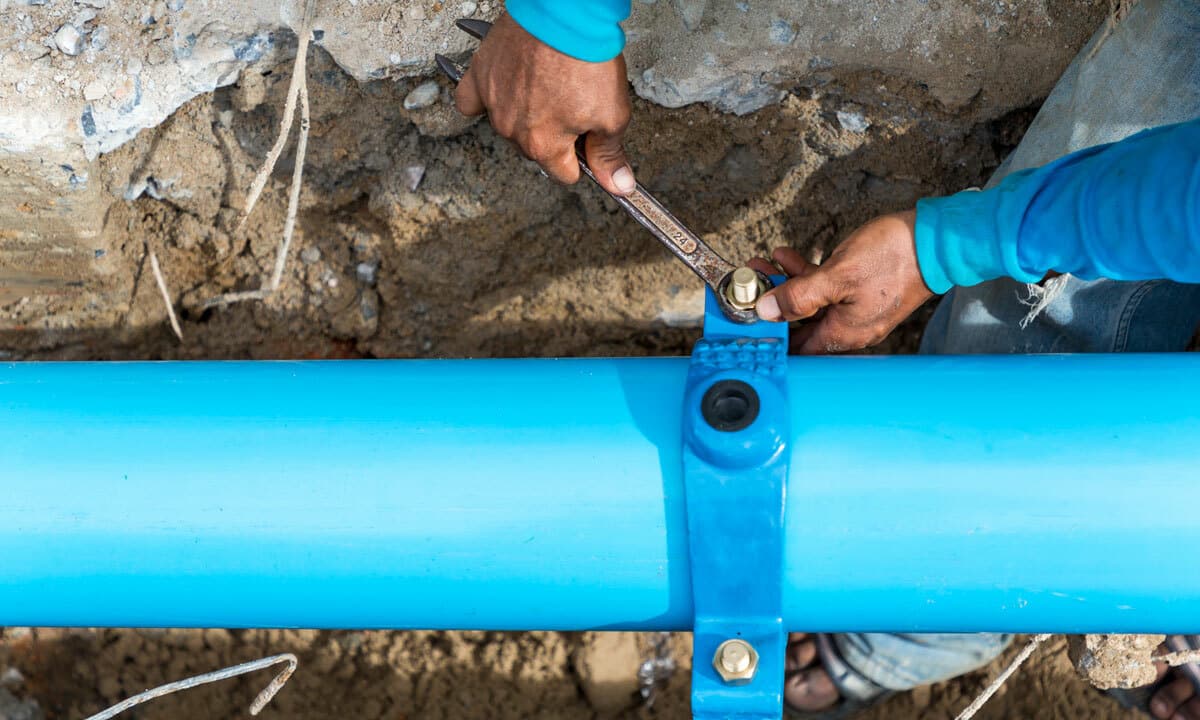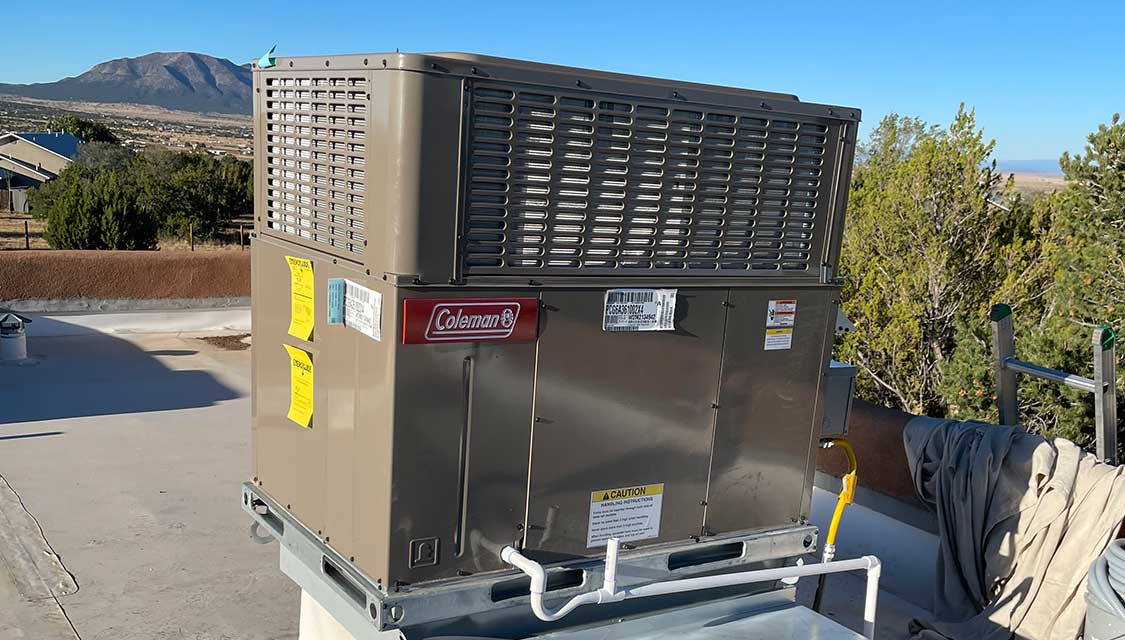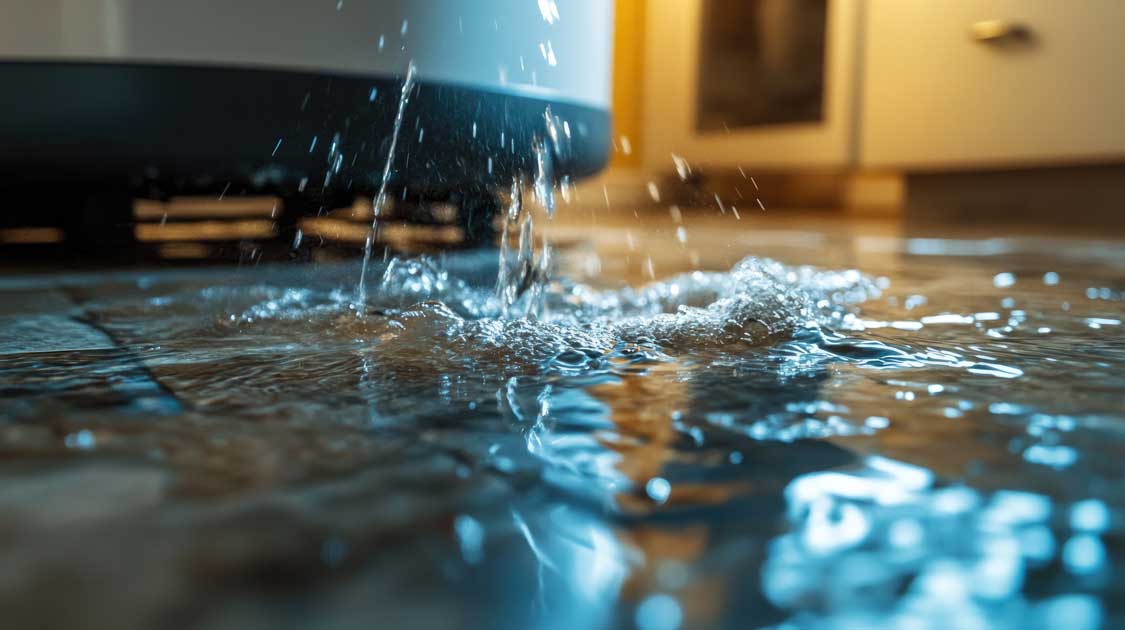Edited: July 16, 2025
A main sewer line clog isn’t just another plumbing issue—it’s one of the most serious problems a home can face. If caught early, it can be resolved before it turns into a costly backup. But if ignored, it could lead to sewage in your drains, water damage, and major disruption to your home.
As professional plumbers for clogged drains, we’ve seen firsthand how quickly a sewer line issue can go from bad to worse. Below, you’ll learn how to spot the early warning signs of a main sewer line clog, what causes them, and when it’s time to bring in a professional for sewer drain cleaning.
What Is a Main Sewer Line Clog?
Every drain in your home—from sinks and tubs to toilets and laundry—connects to one large pipe: the main sewer line. This pipe carries wastewater away from your home to the city sewer or a septic tank. When this line gets blocked, all that water has nowhere to go—and starts coming back up.
These clogs can develop gradually or occur suddenly. Either way, knowing the signs of a main sewer line clog can help you catch it before serious damage is done.
5 Telltale Signs of a Main Sewer Line Clog
Here are the signs we advise homeowners to watch for:
1. Multiple Drains Are Backing Up at the Same Time
If more than one drain is slow or clogged—especially in lower-level fixtures like showers or basement toilets—it likely means the blockage is in your main line, not just a single drain.
2. Water Backs Up When You Use Other Plumbing
Ever flushed a toilet and seen water bubble up in the tub? Or run the washing machine and had a sink overflow? That cross-connection is a strong sign the main sewer line is obstructed.
3. Gurgling or Bubbling Sounds in Your Pipes
When air gets trapped due to a clog, it escapes through water in nearby drains, causing bubbling or gurgling noises. You might hear this from toilets or drains even when they’re not being used.
4. Sewage Smell Indoors or Outdoors
A foul odor near drains, around the yard, or in the basement could be sewer gas escaping through a cracked or backed-up pipe. This is often one of the first clues homeowners notice.
5. Sudden Puddles or Lush Patches in the Yard
A blocked sewer line can cause wastewater to leak underground. This sometimes appears as random wet spots or unusually green grass over the affected area.
Common Causes of Main Line Clogs
The most common culprits include:
-
Grease and Oil: These may go down as liquid, but they harden in your pipes and catch other debris.
-
Wipes and Hygiene Products: Even those labeled “flushable” can create solid blockages in the main line.
-
Tree Roots: Especially common in older neighborhoods, roots grow into tiny pipe cracks and block the flow of wastewater.
-
Aging or Damaged Pipes: Older pipes made of clay, cast iron, or Orangeburg are more prone to collapse or corrosion.
-
Improper Slopes or Connections: If a sewer line wasn’t installed correctly, it may trap waste or allow reverse flow.
What to Do If You Notice Signs of a Main Sewer Line Clog
If you’re dealing with slow drains or sewage smells, acting quickly can prevent major damage. Follow these five expert-recommended steps to protect your home and fix the issue fast:
Step 1: Stop Using Water in the House
Running water—even flushing a toilet—can make a backup worse. Turn off faucets, stop doing laundry, and avoid using showers or sinks until a plumber can inspect the issue.
Step 2: Check for Widespread Drain Issues
If more than one drain is slow or backing up—especially in the lowest parts of your home—it likely means the clog is in your main sewer line. Note which fixtures are affected.
Step 3: Skip the Drain Cleaner
Chemical drain cleaners won’t solve a main line blockage and can damage your pipes. Hold off on any DIY fixes until a pro can assess the situation safely.
Step 4: Call a Licensed Plumber
Main line clogs require professional tools like sewer cameras and hydrojetting equipment. Call a plumber experienced in sewer drain cleaning. At B. Carlson, our team is on-call 24/7 for emergencies.
Step 5: Ask for a Sewer Camera Inspection
Once the clog is cleared, a camera inspection helps identify the root cause—tree roots, debris, or damage—so you can avoid repeat problems.
Don’t Ignore the Signs—Call Now for Sewer Line Inspection and Repair
A main sewer line clog isn’t just messy—it’s a serious threat to your home and your health. Backups expose your family to harmful bacteria and viruses. Prolonged clogs can lead to major water damage, mold growth, and even structural issues if left untreated.
These problems don’t fix themselves. If you’ve noticed slow drains, foul smells, or water backing up, it’s time to act.
At B. Carlson Heating, Air Conditioning & Plumbing, our licensed plumbers use advanced sewer drain cleaning tools—including camera inspections, hydro jetting, and root removal—to find and fix the issue fast. We’ve been serving Albuquerque homeowners since 1971, and we’re available 24/7 for plumbing emergencies.
Don’t wait for a minor clog to become a major disaster. Call now to get expert help and peace of mind today.







